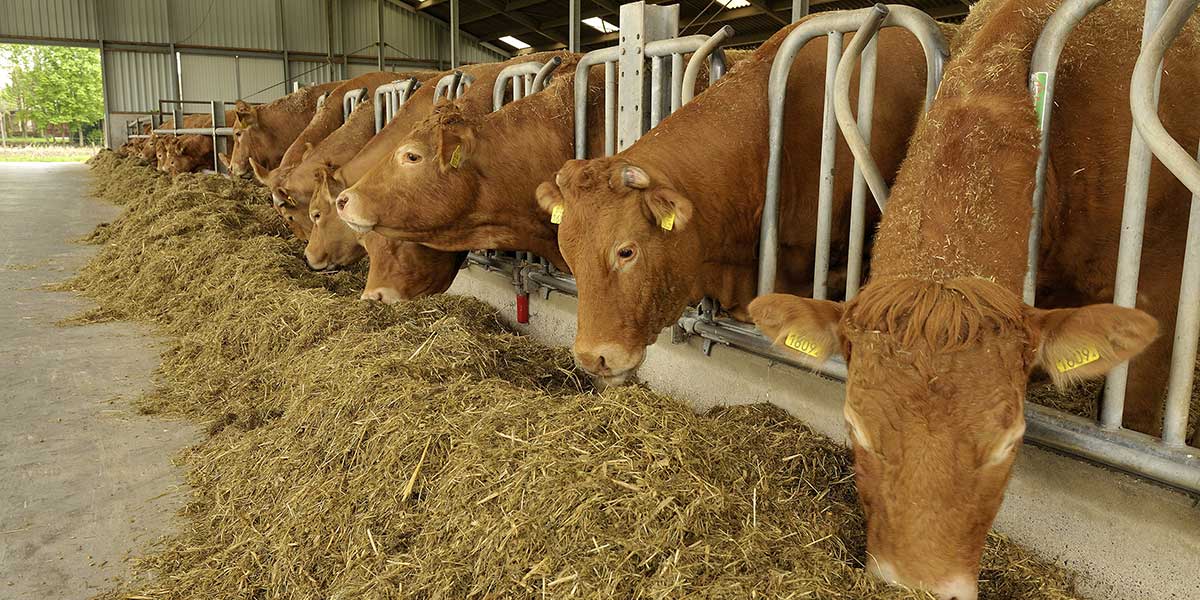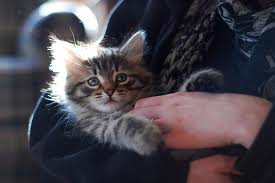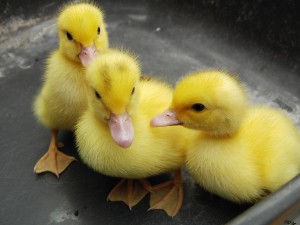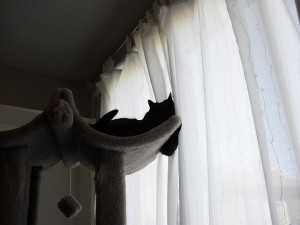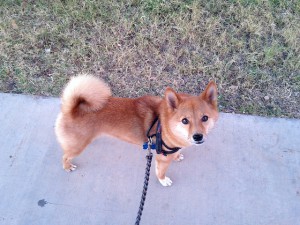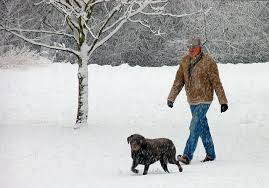Introducing a new pet to your household can provide your household with a loving companion that can teach your kids about responsibility and compassion as they and you help care for the animal. However parents, it’s important to remember that not all pets are created equal when it comes to compatibility with kids. Here are some tips that can help you select a first pet that’s suited to living with kids and won’t outgrow your home.
1. Consider Your Family’s Lifestyle
One of the most important things to first take into consideration is your family’s lifestyle as a whole when you’re choosing a pet. Is the house empty most of the day or is there someone at home throughout? If it’s empty most of the day, a puppy that needs to be taken outside multiple times might not be the most ideal choice.
2. Financial Responsibility
Any pet, big or small, requires a financial commitment from the family. Food isn’t free, and neither is healthcare for pets. That being said, some pets are much more expensive to care for and feed than others. Adopting a rescue might be a noble choice, but one that comes with preexisting health issues will also bring a slew of medical bills that might break the bank. Think about how much room there is in the family budget, and keep that in mind when you consider upkeep costs for the pet.
3. Allergies
Some pets are more aggravating to allergies than others, and living with an animal that triggers those allergies can be miserable. For example, no matter how much your child begs for a puppy or kitten, if someone in the home is allergic to pet dander, it’s just not a good idea to bring one home. However, there is a little caveat to this, there are cats and dogs that are hypoallergenic, it just takes a little research into which breeds (and how expensive they are) fall into this category.
4. Space Constraints
A small, cuddly, baby fluffball might be cute and extremely tempting to bring home, but sometimes, those cute little babies can grow up into large, unwieldy pets. An iguana might be small when you bring it home, but some can grow up to 6 feet in length! Similarly, a Great Dane might not be the best choice of canine companion for a small apartment.
5. Animal Care Requirements
Every pet has certain care requirements that are non-negotiable and must be taken care of. Litter boxes need to be cleaned, dogs need to be walked, fish fed, and gerbil cages cleared. If the primary goal of owning a pet is to help introduce a level of responsibility for your kids, make sure that the animal care requirements aren’t beyond their ability to manage.
6. Be Realistic About Responsibilities
This next tip fits in with #5 above. You may have these grand ideas that your child is going to be a major participator in pet chores, however, be prepared to shoulder that burden yourself if the kids don’t hold up their end of the bargain.
7. Do Your Homework
The best way to choose a pet that will mesh well with your family is to simply do research about any type of pets that you may be considering. Don’t be swayed by the cuteness of certain baby animals, and make sure you don’t simply buy on impulse. Create a list of pet types that would be suitable for your home, and narrow down the options to find the one that will be a good fit for your family.
Also, make sure that if you get a four legged furry companion, that you have them properly identified. This will not only save you from heartache later, by making sure that they are always easily identified in case they get lost.
